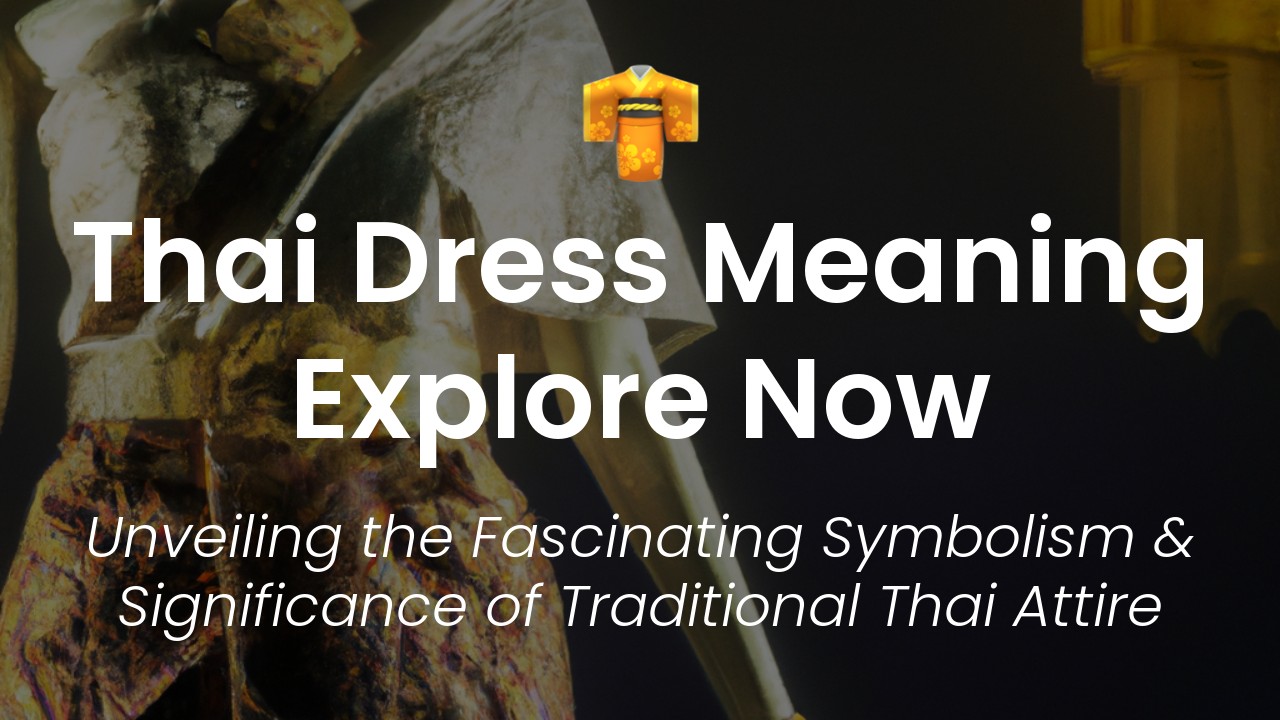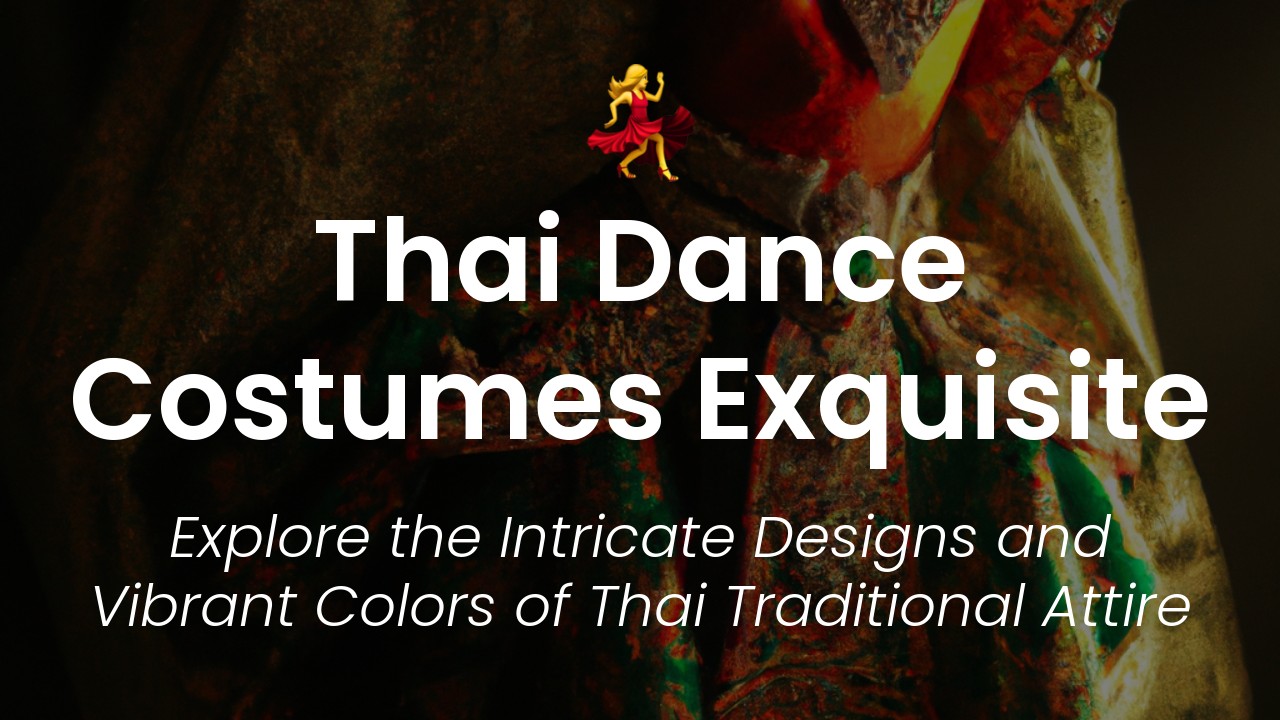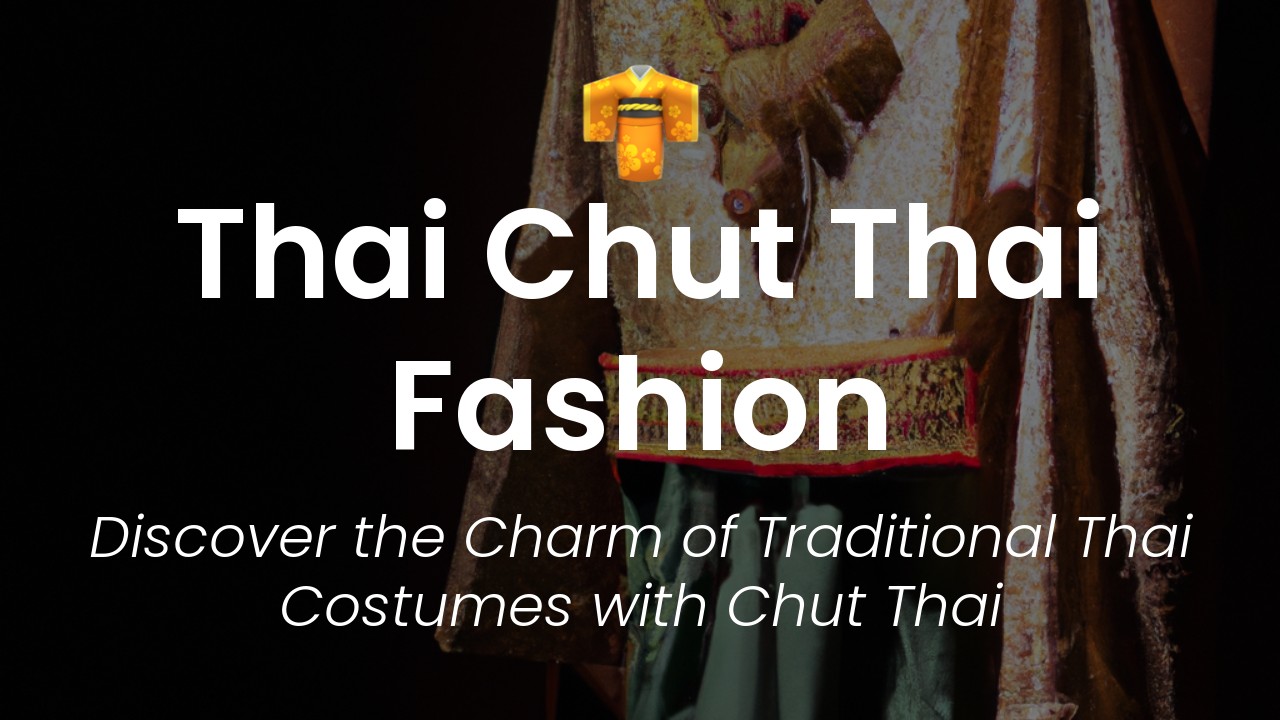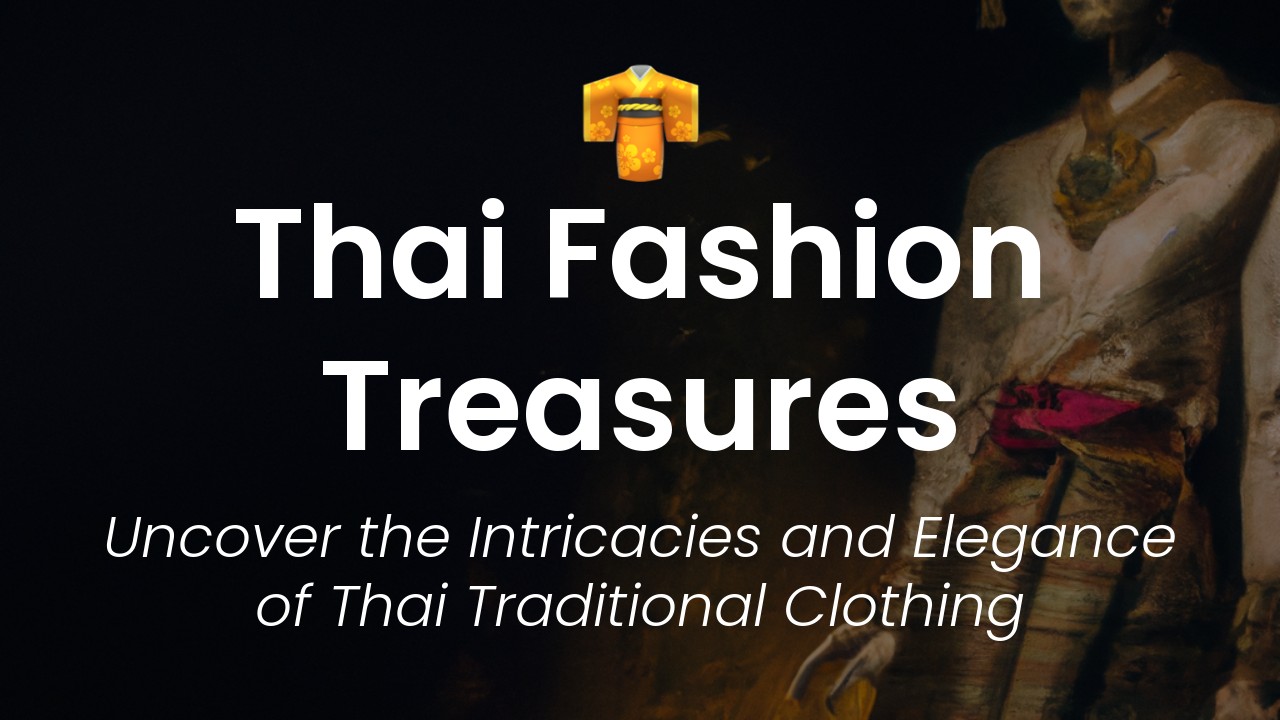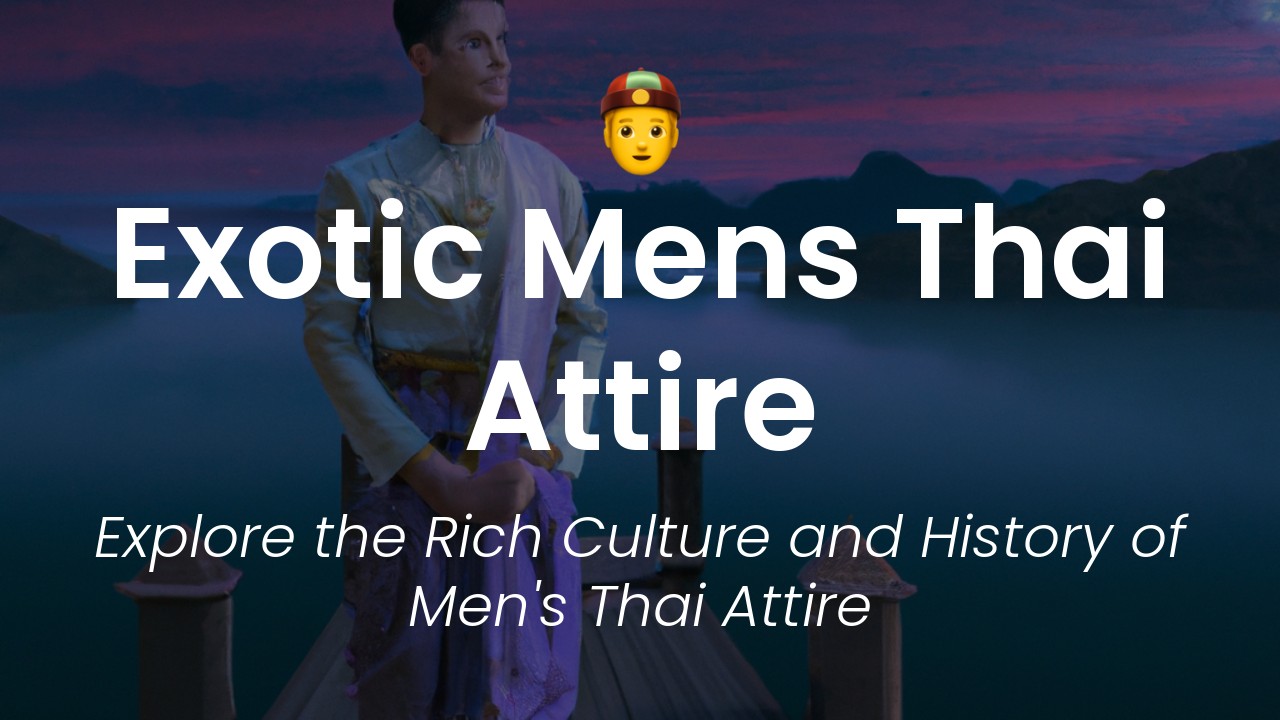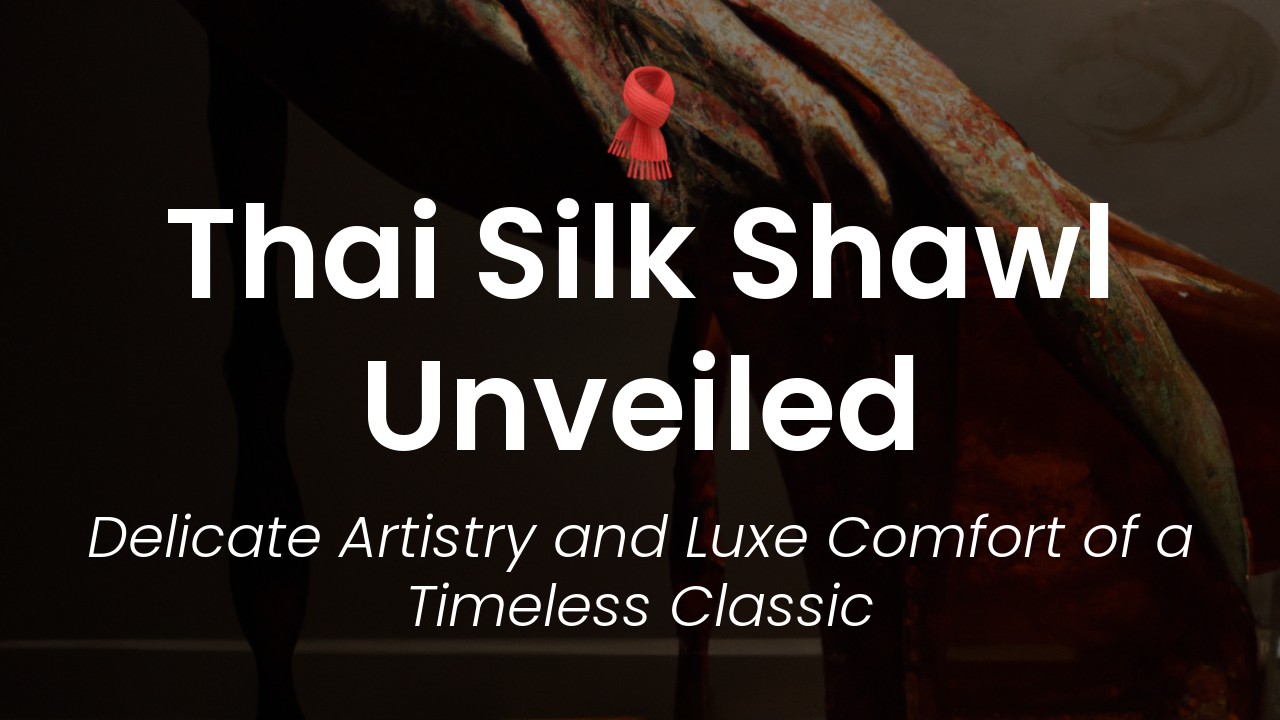As a Thai woman, I am extremely proud of our culture and customs. One aspect of Thai culture that stands out to me is our national dress, which is called “Chut Thai.” This beautiful and intricate ensemble is worn on special occasions such as weddings, ceremonies, and festivals. The Chut Thai is not only a representation of Thai fashion, but it’s also a reflection of our country’s history and values.
There are many different types of Chut Thai, depending on the occasion and the region where it is worn. Each design has its own meaning and symbolism. For example, the Chut Thai Phrae Wa Silk is worn by women in northern Thailand. It is made of a soft and lightweight silk fabric and is often adorned with patterns and details that represent the region’s folklore and traditions. Meanwhile, the Chut Thai Chakri is a more formal version of the dress, worn at special events such as royal ceremonies or high-society gatherings.
The Chut Thai is not only admired for its aesthetic appeal, but it also holds cultural significance for Thais. Through this blog post, I hope to provide readers with an understanding of the different types of Chut Thai and what they represent. By learning about the history and meaning behind Thai national dress, I hope to inspire you to appreciate and respect the beauty of our diverse and rich culture. So let’s dive in and discover the secrets behind the Chut Thai!
History of Thai national dress
The national dress of Thailand, also known as the “chut thai,” has a rich cultural significance behind it. Thai national dress varied regionally, but it is widely agreed that the first Thai national dress was created during the Ayutthaya period (1351-1767). During this period, people in Thailand mainly wore a piece of cloth around the waist that was similar to a sarong or loincloth. Later, Thai national dress evolved and became more intricate with the incorporation of layers and accessories.
Significance of different colors and patterns
Colors and patterns are an important aspect of Thai national dress. For example, the color of the dress can represent certain aspects of Buddhism, with yellow symbolizing knowledge and blue representing purity. Meanwhile, patterns such as the pha kiao (a checked cloth) or the pha sin (a cloth with a geometric pattern) have specific meanings. The pha kiao, for example, symbolizes fidelity, while the pha sin represents courage.
Types of Thai national dress for different occasions
There are different types of Thai national dress for different occasions. They can be separated into formal and informal wear. Formal wear includes the Chakkri dress, which is typically worn at ceremonial events, and the traditional Thai wedding dress, which is known as the “pha wai.” Meanwhile, informal Thai national dress includes the “pha sin” and the “pha nung,” both of which are more casual and can be worn on a daily basis.
How to properly wear and accessorize Thai national dress
Wearing Thai national dress requires proper knowledge of its culture and traditions. The dress itself consists of several layers, including pants, a skirt, a bodice, and a shawl, all of which need to be properly assembled. Accessories such as the “sabai,” a type of sash, and the “pha kasin” or “pha nai,” a type of shawl, are also important components of the dress. It is essential to wear the dress properly and respectfully.
Contemporary adaptations of Thai national dress
Contemporary adaptations of Thai national dress include outfits that have been modernized to cater to a wider audience. These designs still retain the traditional elements of Thai national dress but are more tailored and less layered, making them easier to wear and more versatile for different occasions.
Conclusion and appreciation for Thai culture
In conclusion, Thai national dress has a deep cultural significance that is reflected in its colors, patterns, designs, and accessories. It is a beautiful and intricate garment that requires a rich understanding of Thai culture and customs. As a Thai citizen, I appreciate the preservation and promotion of Thai national dress, as it embodies the elegance and grace that are inherent in my country’s traditions. Whether it is worn for formal events or casual outings, the Thai national dress is a testament to Thailand’s enduring legacy and cultural heritage.

